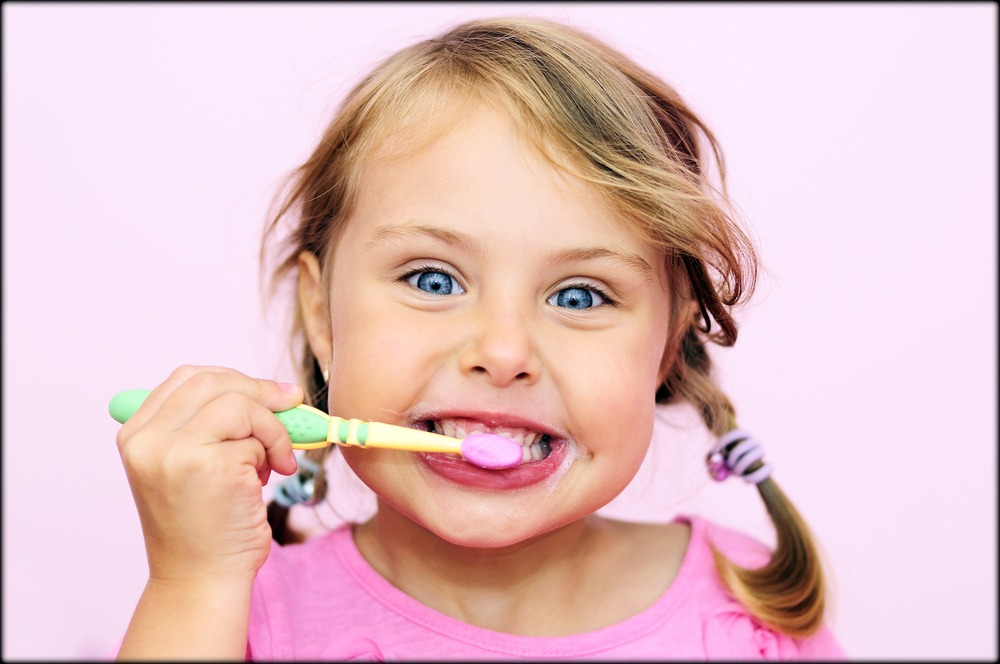 Turn on your TV or open up just about any glossy magazine, and you could be forgiven for thinking that we live in a world where everyone possesses a perfectly straight, perfectly bright smile. Luckily, the truth shows us something quite different!
Turn on your TV or open up just about any glossy magazine, and you could be forgiven for thinking that we live in a world where everyone possesses a perfectly straight, perfectly bright smile. Luckily, the truth shows us something quite different!
If you look around at the people surrounding you in your everyday life, you’ll soon realize that very few people actually have that all-American, A-lister smile. Our teeth are designed with function in mind rather than perfection, and having crooked teeth is more common than not.
But what causes teeth to become crowded, twisted, or overlapped? Our team here at Szymanowski Orthodontics decided to take a deeper look!
Common causes of crooked teeth
There are a number of reasons teeth may grow in crooked. Some of these include:
Genetics
The most frequent cause of crooked teeth is genetics. Most of us have about as much control over how our teeth develop as we do over the color of our hair or our eyes! The dental traits that can lead to the crowding of teeth and jaw misalignment are often inherited from our parents.
Crooked teeth are also, in some cases, related to the size of our mouths. If your mouth is too small, there’s a greater chance of crowded teeth that can then cause other teeth to shift from their normal position. Misaligned jaws can also lead to issues like underbites and overbites – abnormal protrusions which result in the upper or lower teeth extending beyond each other.
Bad Habits
Some habits that form during infancy can create a ripple effect that won’t become noticeable until many years later. This can apply to infants that often suck their thumb or fingers for comfort, or use a pacifier for self-soothing, especially if this habit extends well into toddlerhood. Although these behaviors seem harmless (and even helpful to tired parents!) they can often lead to the child developing crooked teeth as they grow older.
There are other, mostly unconscious, habits that can contribute to an ongoing misalignment of the jaw and crowding of the teeth. These are sometimes referred to as “myofunctional” habits, and they include things like breathing through the mouth, tongue thrusting, and reverse swallowing. As you can imagine, many people will develop at least one of these habits in their lifetime. Orthodontists will often add a retainer after a patient is done with braces to keep teeth aligned despite these hard to break habits.
Illness or injury
Facial trauma, such as a jaw injury or mouth injury, can have the effect of moving teeth out of place. Traumas are actually the most common cause of the most severe instances of crooked teeth. Losing teeth or having your jaw shift due to injury or illness often means that the remaining teeth will slowly shift to make up for that lost space over time. Seeking out qualified orthodontic treatment for these issues is especially important, because our bodies compensate for harm much more quickly than the slower changes that happen from genes or bad habits.
Timing

The permanent teeth underneath your baby teeth are directly affected by the health of those baby teeth. If these baby teeth are prematurely lost due to decay, trauma, or other factors, the permanent teeth will shift when they start moving upward. We look at baby teeth like small anchors for permanent teeth that should help to guide them as they erupt through the gums. If those anchors are missing, the permanent teeth may come up in unexpected places!
In addition, taking excellent care of baby teeth is vital to having healthy permanent teeth free of discoloration or decay. Harmful oral bacteria is able to spread into the gums and reach permanent teeth still buried there. Once it attaches to a tooth’s enamel, the bacteria will begin eroding it even before it has a chance to fully erupt.
Treatment options for crooked teeth with Szymanowski Orthodontics

Once an experienced orthodontist like Dr. Szymanowski has fully examined your issues, he’ll be able to establish a diagnosis, followed by outlining the best treatment for your teeth or misaligned jaw. Depending on the gravity of the problem, treatment could range from something as simple as a retainer, to something as commonplace as braces, to a more serious option like surgery.
While orthodontic treatment can begin at any age, there is definitely a recommended time to begin treatment. Starting at an early age ensures the best possible result with the least amount of cost and expense. The American Association of Orthodontists has recommended that children receive their first orthodontic evaluation at the first sign of a problem, usually between ages 7 and 8. Issues like crooked or crowded teeth can benefit greatly from this kind of early intervention and possible treatment!
If you or your child are in the Sacramento area and dealing with crooked teeth, get in touch with our team today to schedule a complimentary consultation to find out what we can offer you. We can’t wait to straighten out your smile!

 Dr. Szymanowski
Dr. Szymanowski